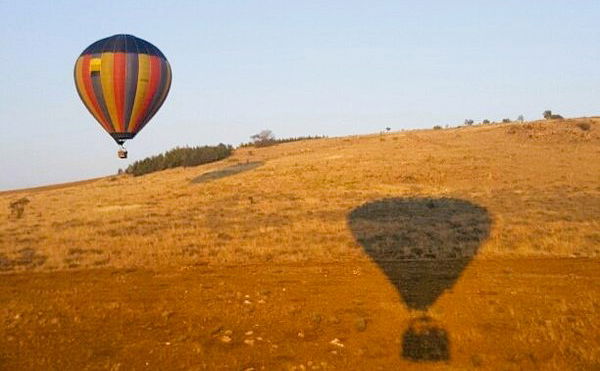How Hot Air Balloon Flights Work

Hot air ballooning is a perfect mix of science and adventure, offering a serene yet exhilarating way to experience South Africa from the sky. Using the simple principle that hot air rises, balloons lift off the ground when the air inside the envelope is heated, allowing passengers to float gently over breathtaking landscapes.
The Science and Magic Behind Ballooning
A hot air balloon has three main components:
- Envelope: The large fabric bag that holds the heated air.
- Burner: Heats the air, causing the balloon to rise.
- Basket: Where passengers and the pilot stand.
Pilots control altitude by adjusting the burner—heating the air to ascend or allowing it to cool to descend. Horizontal movement depends on wind currents at different heights, which the pilot uses to navigate. A ground crew follows the balloon to assist with landing and transport.
What to Expect on Your Flight
- Inflation: The envelope is first filled with air using a fan, then heated by the burner—this process takes about 10–15 minutes.
- Flight: Once airborne, passengers glide smoothly, taking in incredible 360° views of the landscape.
- Sizes & Safety: Balloons come in various sizes for different passenger numbers. Modern balloons use propane gas and durable, airtight materials for safety and efficiency.
Fun Facts About Ballooning
- The first flight in 1783 included unusual passengers: a duck, a rooster, and a sheep.
- Richard Branson was the first to cross the Atlantic in a hot air balloon—2,900 miles in 33 hours.
- Ballooning has evolved dramatically over the last 50 years, transitioning from burning materials to using safer gases like propane.
Ballooning isn’t just scenic—it’s also a sport with competitive challenges and world records.
Have questions about how it works or about booking a flight? Contact us to learn more and start your unforgettable adventure.



Share This Page